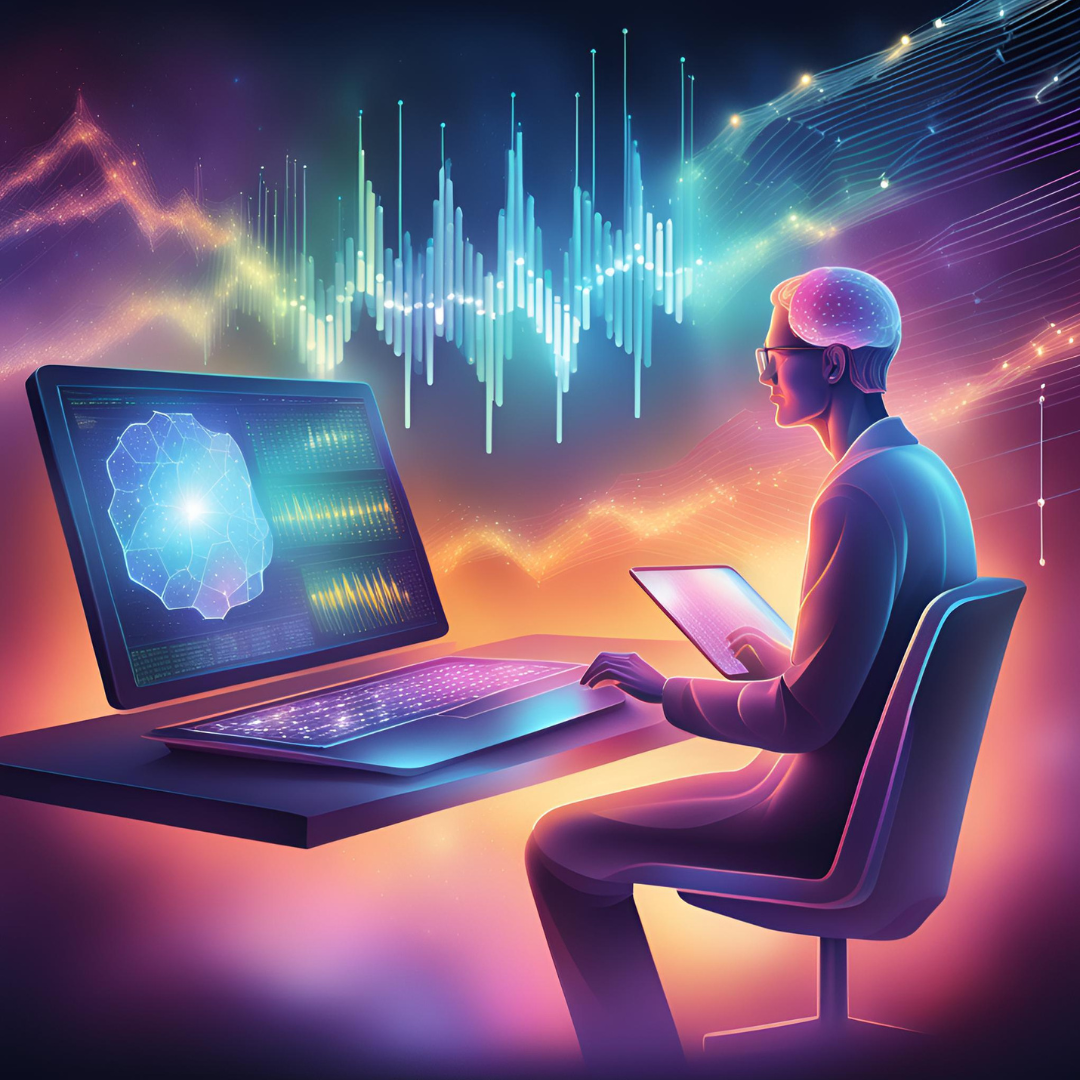Bioinformatics is a field that constantly evolves, driven by new technologies, data, and the needs of the biomedical industry. Each year, we become more aware of the immense potential hidden within the analysis of biological and medical data. So, what awaits us in the future? What trends will dominate bioinformatics? Here are a few that could revolutionize the field in the coming years.
Artificial Intelligence and Machine Learning: Game-Changing Possibilities in Biological Data Analysis
Artificial intelligence (AI) and machine learning (ML) are technologies already making a significant impact on bioinformatics. In the future, however, they will be even more versatile, enabling not only the analysis of biological data but also predicting new, previously unknown phenomena. Deep learning models will increasingly be used to analyze DNA sequences, proteins, and other omics data, leading to the discovery of new biomarkers, predicting treatment efficacy, and even designing new drugs.
Example: AI applications in genomic sequence analysis will allow for faster and more accurate detection of genetic mutations, revolutionizing genetic diagnostics and personalized therapy.
Omics Data Integration: Complex Analysis of Biological Layers
The integration of data from different omics fields (genomics, proteomics, metabolomics) is another growing trend. Understanding how different biological layers interact within organisms is key to developing new treatment and diagnostic strategies. Combining these data into a unified tool will uncover hidden patterns and correlations that are difficult to identify when analyzing single layers independently.
Example: Merging genomics, proteomics, and metabolomics data can help us understand the mechanisms of diseases like cancer and lead to the development of new therapies that are more precise and effective.
Systems Biology and Computational Models: From Theory to Practice
Systems biology is an approach that treats organisms as complex systems, where all biological elements - genes, proteins, metabolites - are interconnected. Computational models based on systems biology allow us to simulate these interactions and predict the effects of changes in a biological system. In the future, these models will become even more precise, enabling simulations of therapeutic effects at the cellular or molecular level.
Example: Computational models could help develop targeted therapies that are more precise and less taxing on the patient's body.
Personalized Medicine and Data-Driven Therapies
Personalized medicine is one of bioinformatics' most crucial areas. Through the analysis of genomic, proteomic, and other omics data, therapies can be tailored to the individual needs of a patient. In the future, with better data analysis, we will be able to develop even more personalized treatments that are more effective and tailored to the specific biological characteristics of the patient.
Example: Bioinformatics will enable doctors to select chemotherapy and immunotherapy options with the highest chances of success, minimizing side effects.
New Sequencing Technologies: Faster and More Affordable
One of the most significant breakthroughs in bioinformatics is the development of new DNA sequencing technologies. These tools are becoming faster, cheaper, and more accessible. This means that genome analysis will be conducted on a much larger scale, both in scientific research and clinical practice. It will also allow for better health monitoring and early-stage disease diagnosis.
Example: With new sequencing technologies, it will be possible to quickly and affordably analyze the genomes of entire populations, helping to understand the spread of diseases and develop preventive programs.
Bioinformatics in Microbiome Analysis: New Opportunities in Medicine
The human microbiome - the collection of microorganisms living in our body - has a profound impact on our health. With bioinformatics, we will be able to analyze the microbiome more accurately and understand its role in diseases such as diabetes, heart disease, and cancer. The future lies in precisely analyzing microbiome interactions with the body and using this knowledge to develop new therapies.
Example: Understanding the role of the microbiome in responses to treatments, such as immunotherapy, will help develop personalized therapies that are more effective in treating cancers.
Conclusion
Bioinformatics is a field with tremendous potential to change the face of medicine and biology in the coming years. New technologies, improved data analysis methods, and increasing accessibility of tools will lead to more precise disease diagnosis, the development of more effective treatments, and the growth of personalized medicine. At Zenith Analytics, we are ready to meet these challenges, supporting scientific research and the bioinformatics industry in shaping a better future for health.
